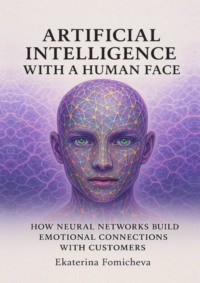Read the book: «Artificial intelligence with a human face. How neural networks build emotional connections with customers»
Something went wrong, please try again later
Genres and tags
Age restriction:
12+Release date on Litres:
01 May 2025Volume:
170 p. 67 illustrationsISBN:
9785006700888Copyright Holder::
Издательские решения